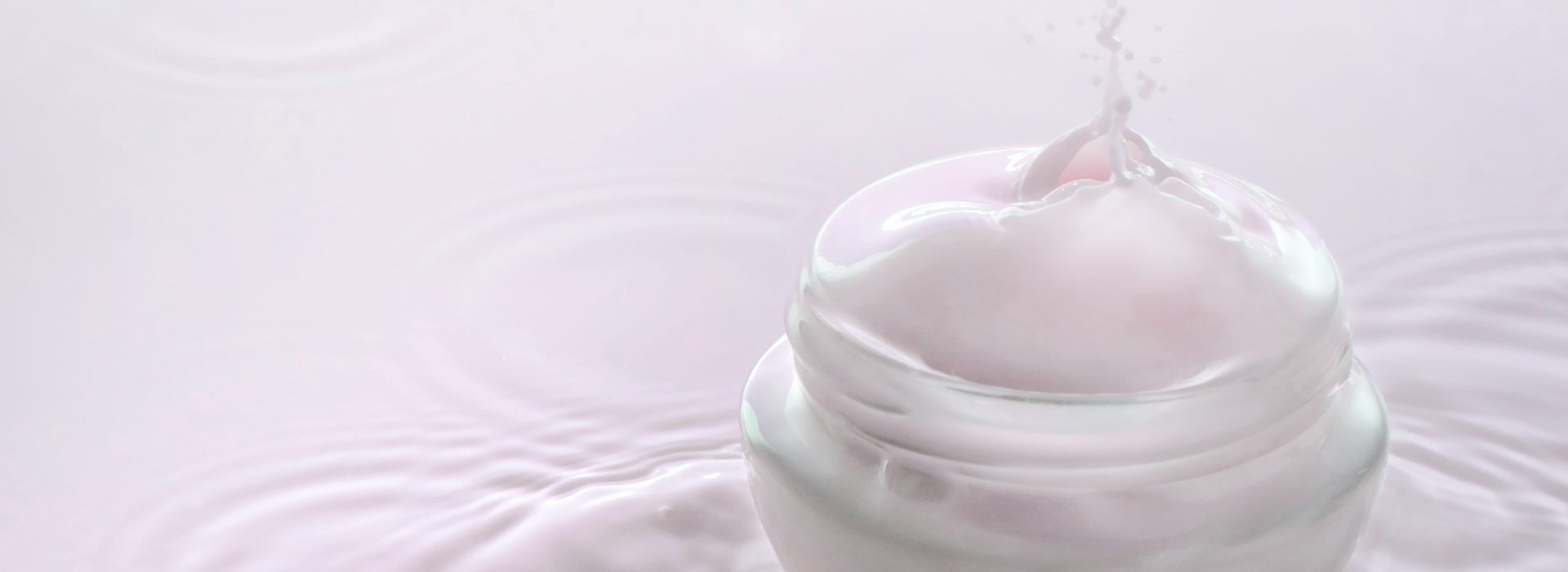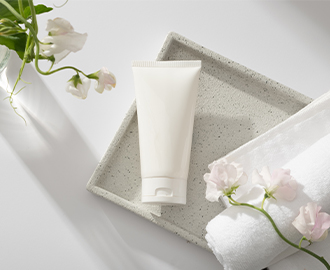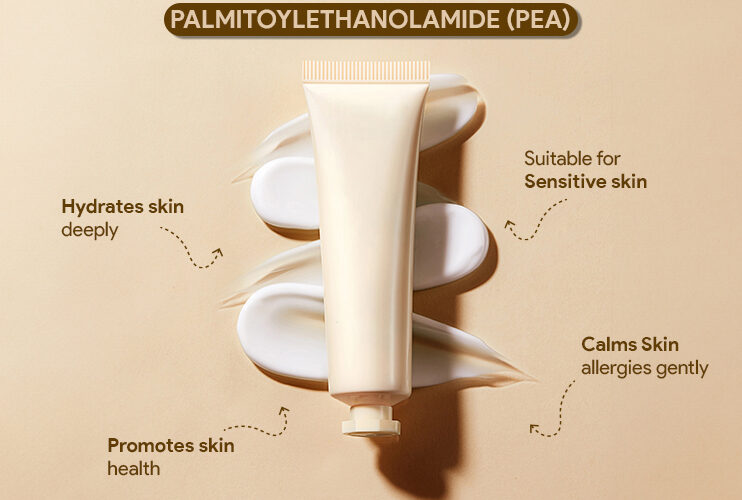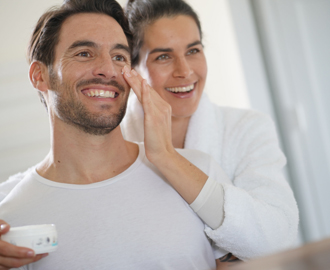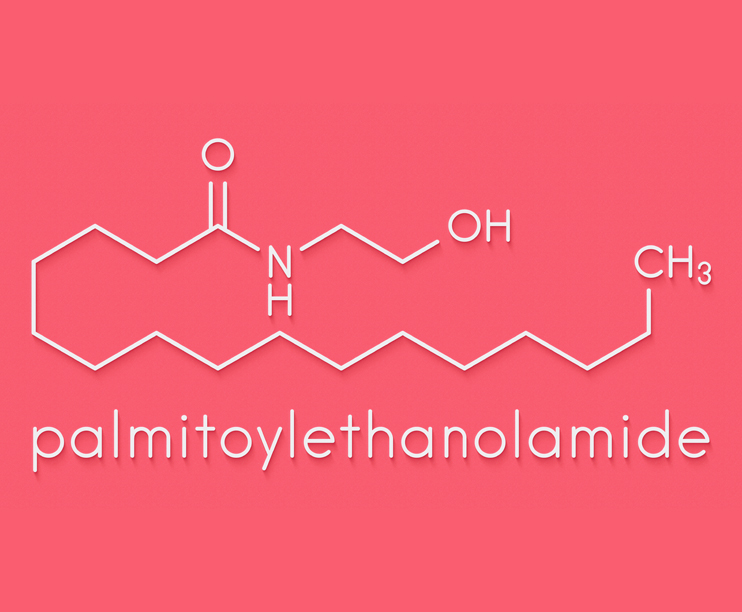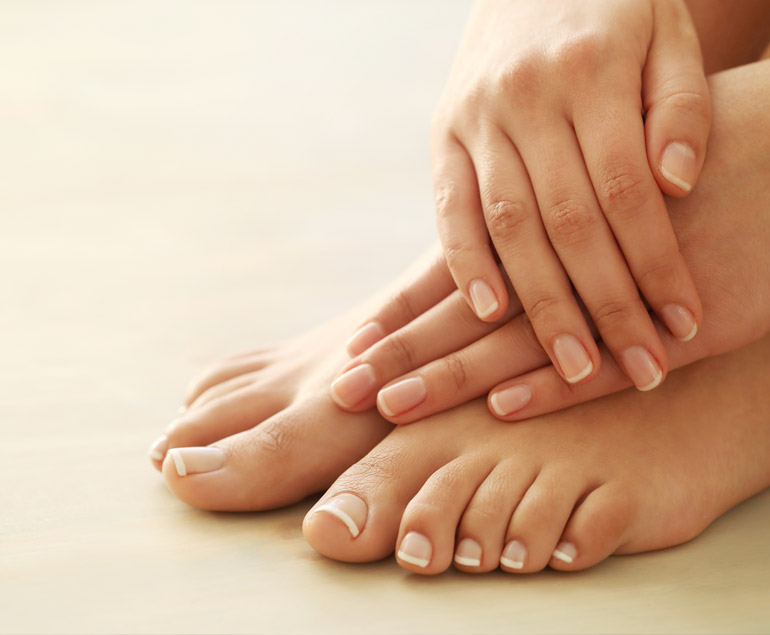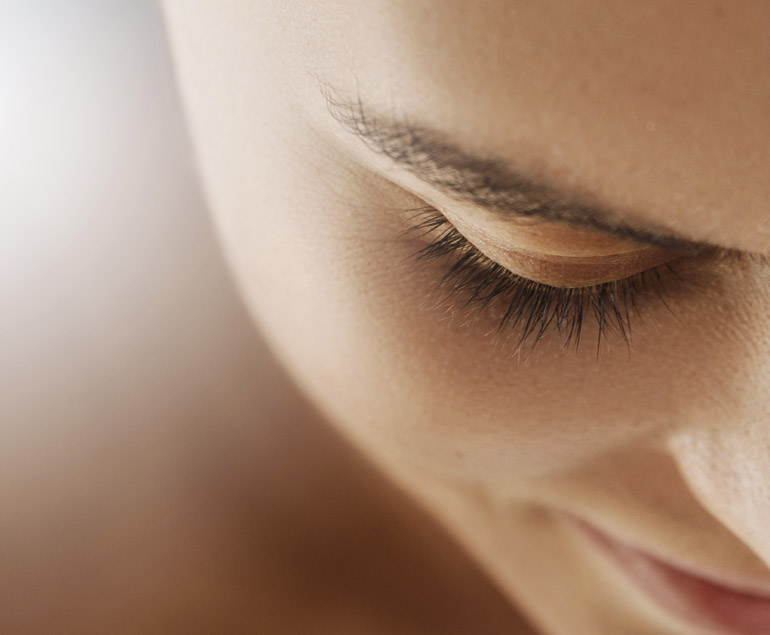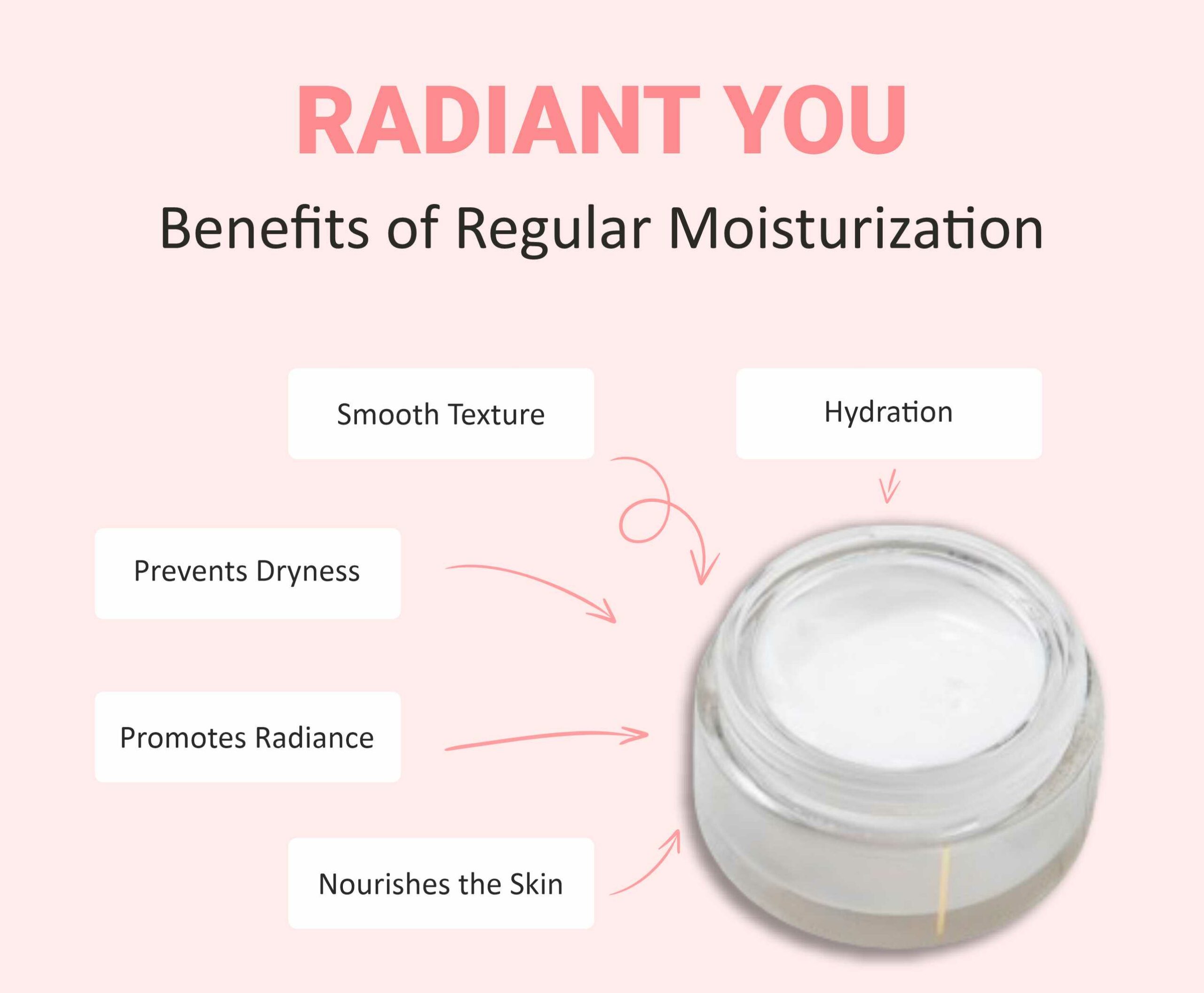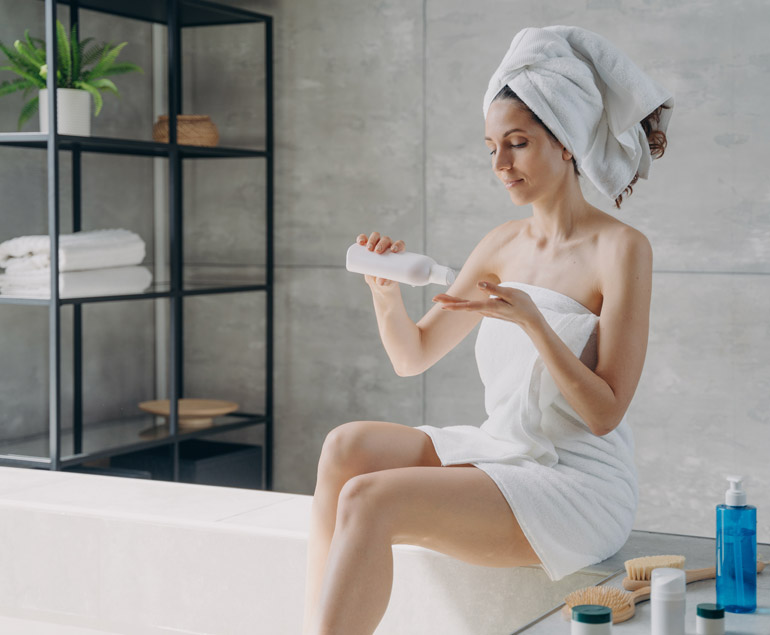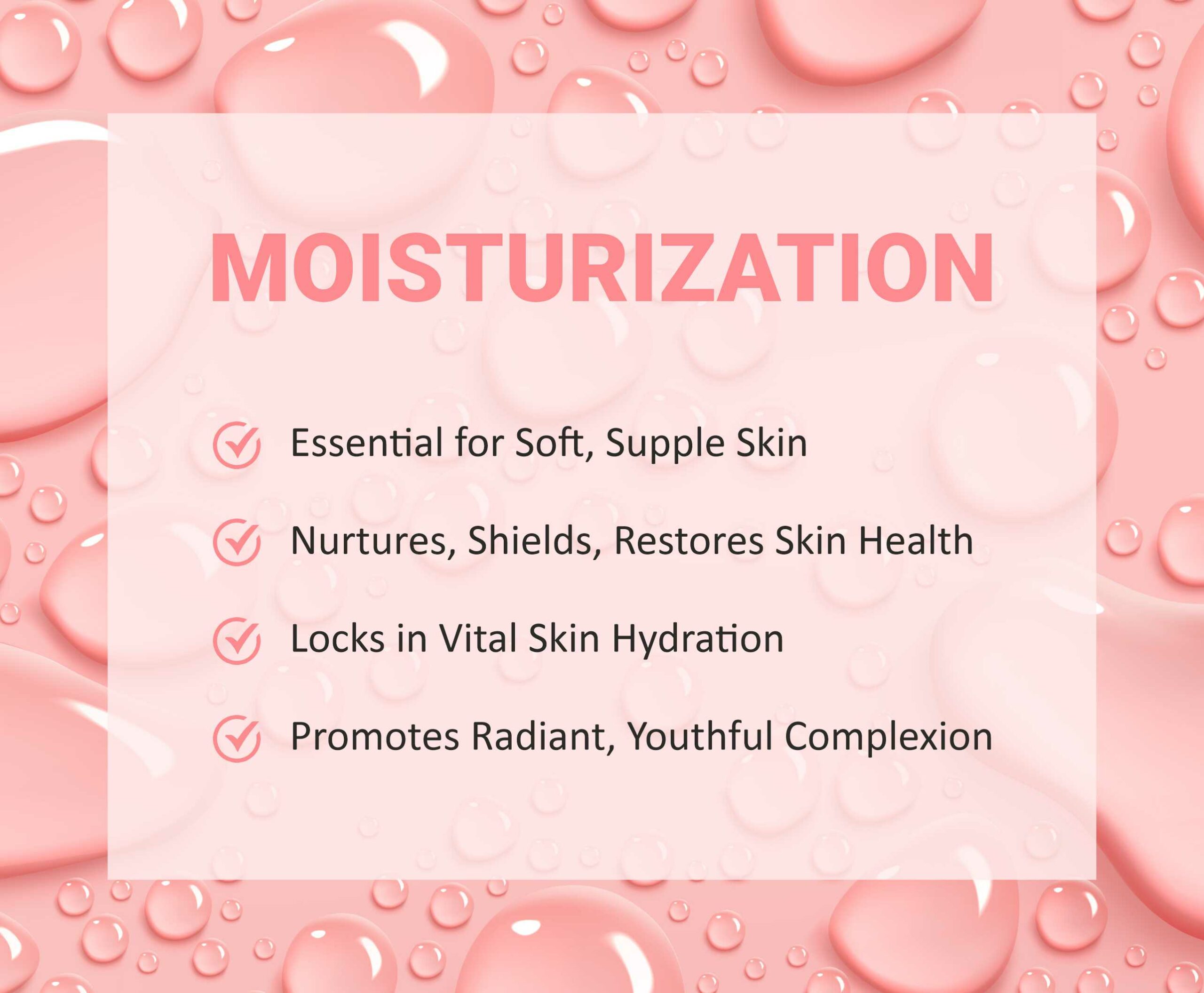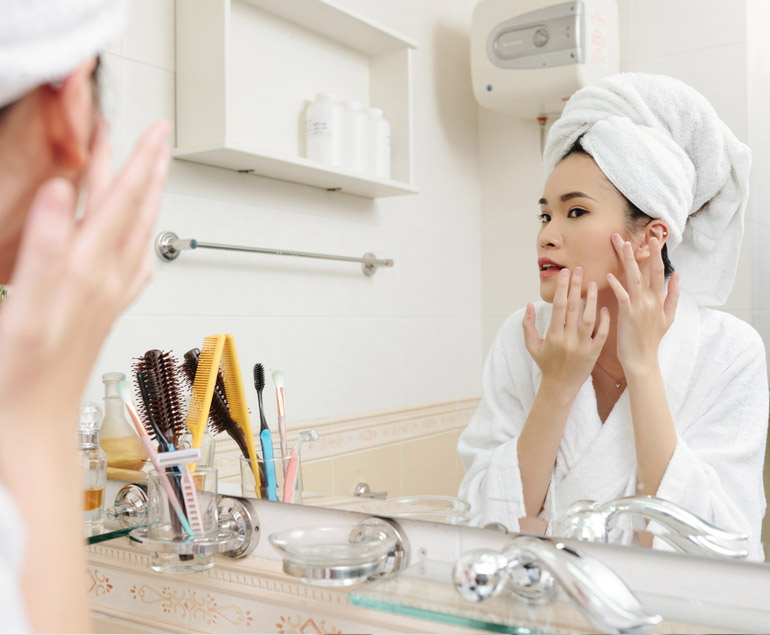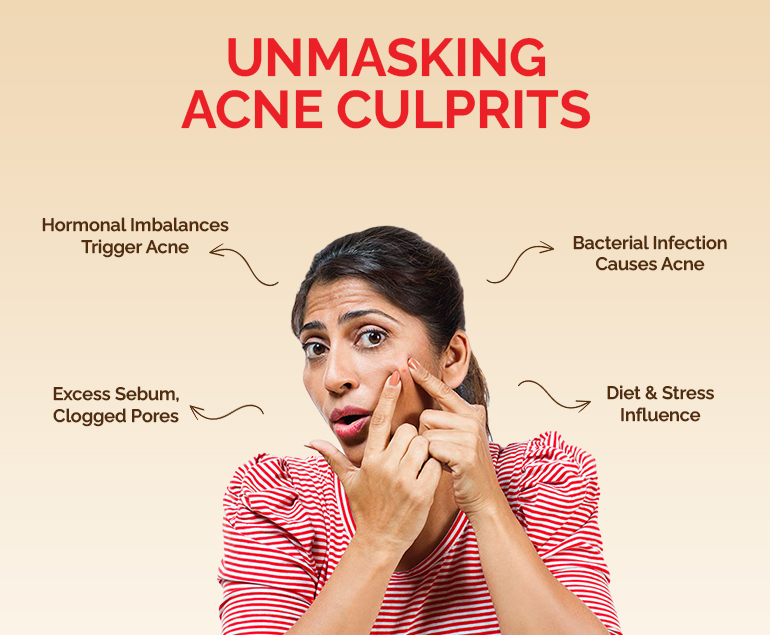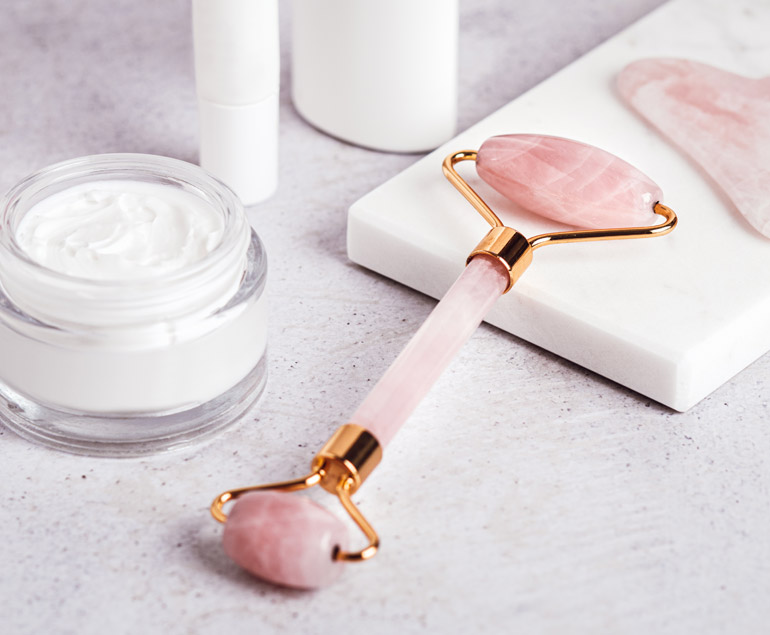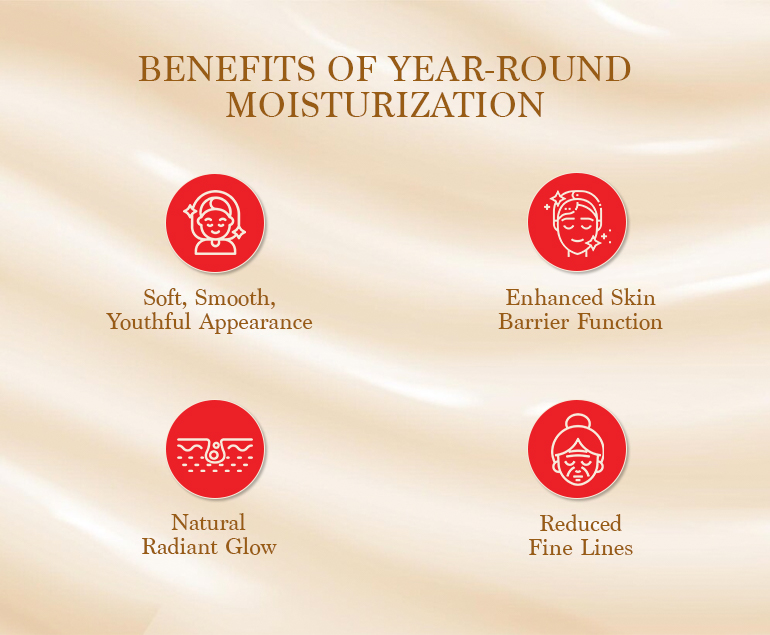LACTOFERRIN: The Hidden Treasure For Skin Health
The Secret to Radiant Skin
Ever heard of Lactoferrin? This unsung hero isn’t just a mouthful to say; it’s a superstar in skincare! Beyond its lesser-known name lies a treasure trove of skin-loving benefits backed by science.
What is Lactoferrin?
Lactoferrin is a natural protein found in our body, celebrated for its multitasking abilities. It’s our internal defender, usually associated with immunity. But did you know it’s also a hidden gem for skincare?
SKIN’S BEST FRIEND: LACTOFERRIN’S ENDLESS BENEFITS
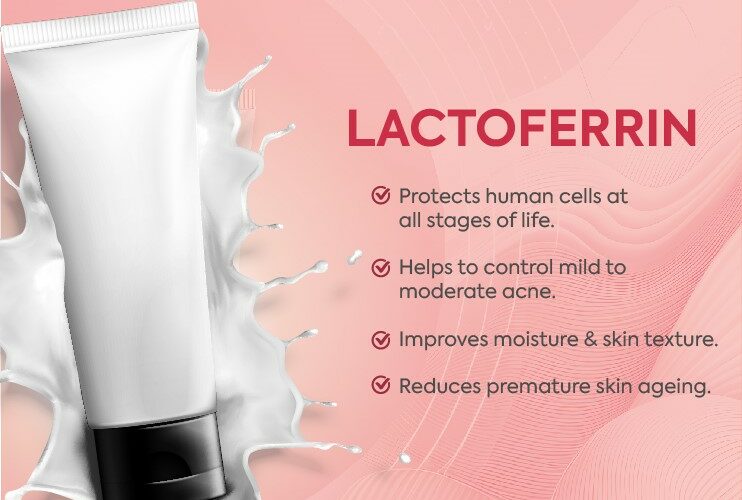
Nature’s defense protein:
Lactoferrin has a broad-spectrum primary defense activity against microbial activity. Widely present in many secretions such as saliva, bile, tears and pancreas. Lactoferrin (Lf) known as a natural antibiotic and plays roles in protecting human cells at all stages of life.
Guardian of Radiance:
Lactoferrin works wonders in maintaining a healthy skin. Clinical studies showcase its ability in controlling mild to moderate acne and lead to overall improvement.
Improves moisture and skin texture:
Lactoferrin enhances skin texture and moisture, counteracting dryness prevalent in winter that triggers skin inflammation and increases water loss through the skin barrier. Its topical application helps alleviate these issues, curbing transepidermal water loss and soothing potential inflammation caused by dry environmental conditions.3
Reduces premature ageing:
Lactoferrin’s prowess may help in reducing premature ageing. Anti-ageing interventions of Lactoferrin have proven to be safe and effective for various pharmacological activities including as anti-oxidation, anti-cellular senescence, anti-inflammation. 4
EMBRACING LACTOFERRIN IN YOUR SKINCARE ROUTINE
Now, how to reap these benefits? Look for skincare products enriched with Lactoferrin. Serums, creams, and cleansers infused with this wonder ingredient offer a natural boost to your skincare regimen.
Unlocking Beauty with Lactoferrin
Who knew Lactoferrin, our body’s silent defender, could be the key to unlocking radiant, healthy skin? Backed by scientific studies, its endogenous properties offer a natural and effective way to nourish and protect your skin.

